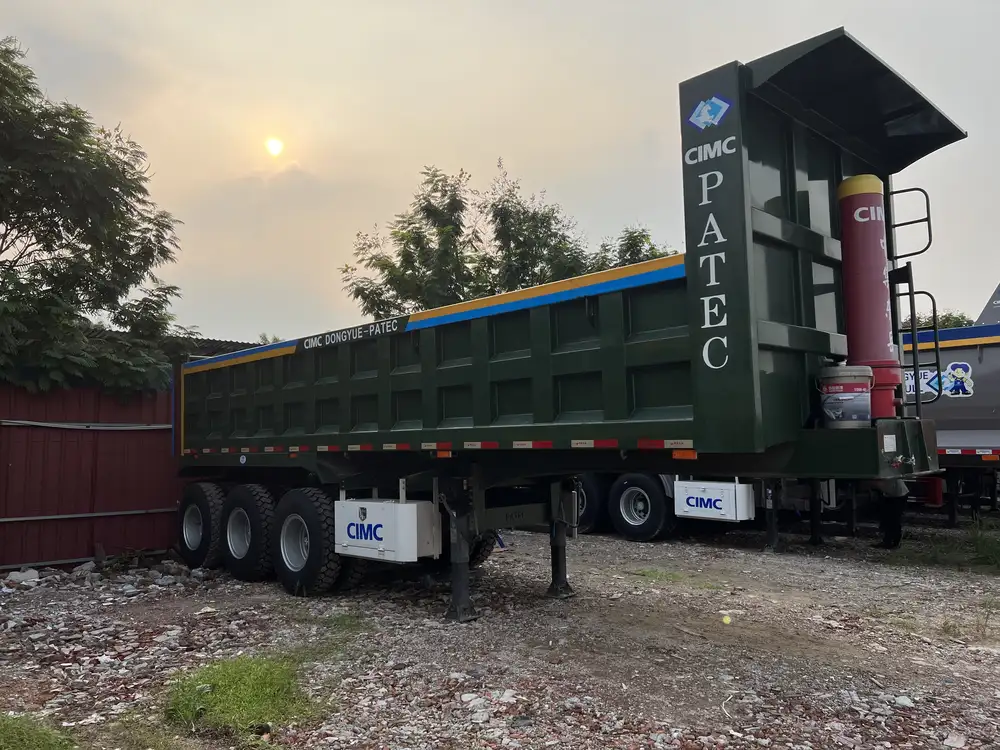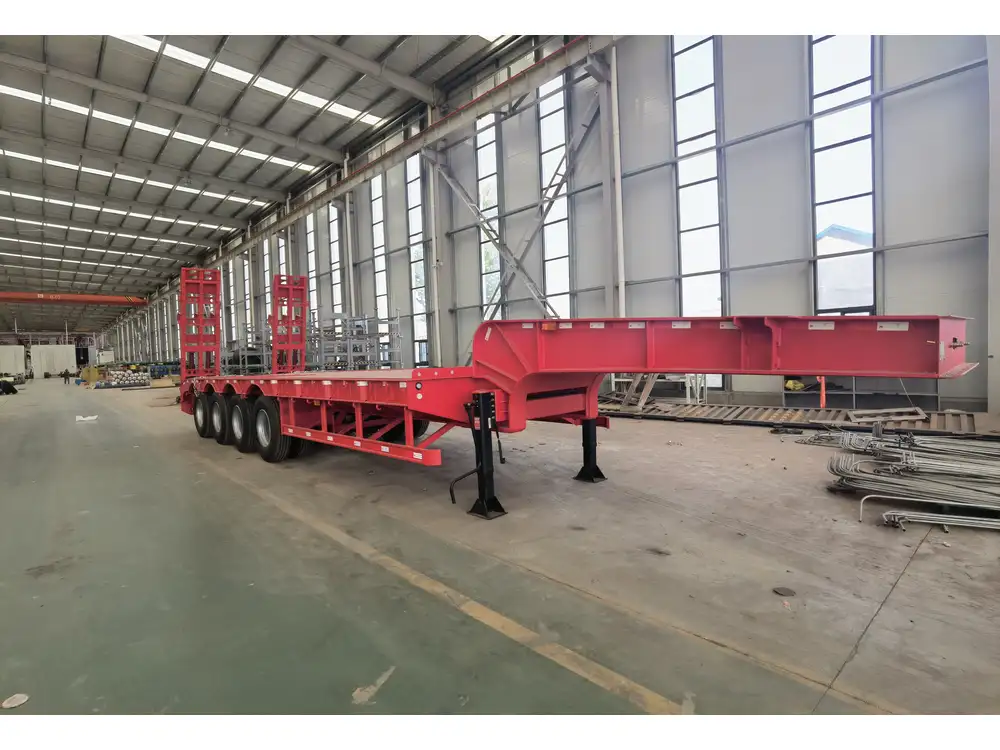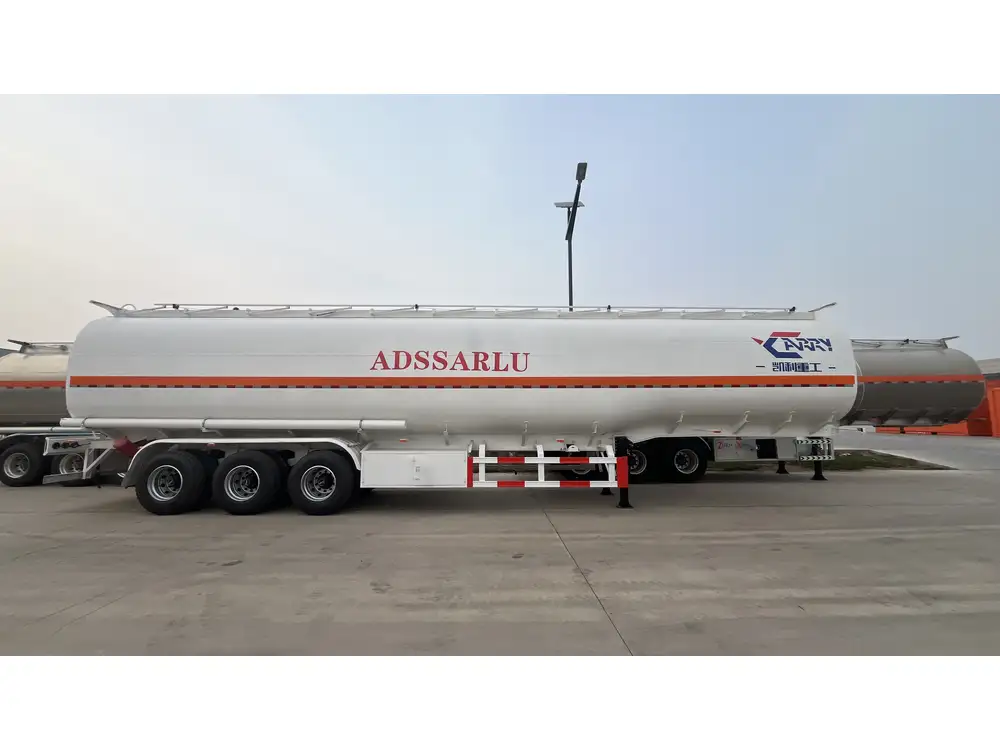Loading wheel sets onto flatbed trailers requires precision, planning, and a thorough understanding of the equipment at hand. It is not merely a task of placing heavy objects onto a vehicle; it involves ensuring the safety of the cargo, the integrity of the trailer, and compliance with regulations. In this guide, we will explore the intricate details and nuances associated with loading wheel sets effectively, offering insights that cater not only to seasoned transport professionals but also to newcomers in the industry.
Understanding Wheel Sets
Before diving into the actual loading process, let’s clarify what wheel sets are. A wheel set generally refers to a pair of wheels affixed to an axle, commonly used in various types of machinery and vehicles. In transportation scenarios, wheel sets are pivotal components, whether one is dealing with rail systems or heavy machinery trailers. Proper loading is vital, as improper handling can lead to equipment damage, safety hazards, and costly delays.
Types of Wheel Sets
Different industries may use wheel sets varying in configuration, size, and weight. Recognizing the type of wheel set you are dealing with will drastically affect your loading approach. Here, we categorize them as follows:
| Type | Description | Weight Range |
|---|---|---|
| Railway Wheel Sets | Typically consist of wheels mounted on axles designed for rail transport. | 600 – 1,200 lbs |
| Heavy Equipment | Used in construction for machinery like bulldozers, excavators, etc. | 2,000 – 10,000 lbs |
| Agricultural Wheels | Found in tractors and farm machines, often larger than standard sets. | 1,500 – 4,000 lbs |
| Custom Wheel Sets | These may include specialized designs for unique applications. | Varies significantly |
By identifying the wheel set, we can customize our loading strategy accordingly.

Preparation: Steps Before Loading
Preparing for loading is crucial—neglecting this can lead to a cascade of complications. Here’s how to prepare:
1. Gather Equipment
Ensure that the right equipment is on hand to load the wheel sets. This may include:
- Forklifts or pallet jacks for heavy lifting.
- Straps or ratchet binders to secure loads.
- Dunnage for protection between cargo and the trailer.
- Wheel chocks for stabilizing wheels during loading.
2. Inspect the Flatbed Trailer
Thoroughly inspect the flatbed trailer to ensure it can accommodate the wheel sets. Look for:
- Structural Integrity: Check for rust, bends, or any damage that might compromise strength.
- Surface Condition: Ensure the flat surface is clean and free from debris to prevent slippage.

3. Plan the Load Distribution
Understanding how to balance the load is critical. The basic principle is to keep the center of gravity low and evenly distributed across the trailer:
- Front vs. Rear Weight Distribution: Place heavier sets towards the front and lighter ones towards the rear.
- Side-to-Side Balance: Ensure the weight is distributed evenly from the left to the right side of the trailer to avoid tipping.
4. Safety Protocols
Before starting the loading process, review safety protocols including:
- Personal Protective Equipment (PPE): Hard hats, gloves, and steel-toed boots are essential.
- Safety Training: Ensure all team members understand the loading procedure and emergency protocols.
The Loading Process: Step-by-Step
Now that we have a solid foundation laid, let’s move into the actual loading procedure, broken down step-by-step for clarity.

Step 1: Position the Trailer
Park the trailer on a level surface to minimize the chances of rolling. The trailer should also be adequately secured using:
- Wheel chocks
- Trailer brakes
Step 2: Use Appropriate Machinery
Employ a forklift or a similar machine to lift the wheel sets onto the trailer. It’s essential to place the forks under the wheel sets securely without causing any damage. When lifting:
- Straighten the forks so they are in line with the wheel set.
- Slowly lift until the load is clear of the ground.
- Maintain stability while moving towards the trailer.
Step 3: Maneuver Onto the Flatbed
As you approach the trailer:
- Keep an Eye on Clearances: Ensure there are no obstacles between the vehicle and the trailer.
- Maintain Control: Move cautiously; sudden shifts can lead to mishaps.

Step 4: Loading Wheel Sets
Upon reaching the trailer, carefully position the wheel sets. Follow these guidelines:
- Place in Designated Zones: Each wheel set ought to be located where the weight will be distributed evenly.
- Align with Tie-Down Points: If the wheel sets are modular, align them with pre-existing tie-down points.
Step 5: Secure the Load
Once all wheel sets are loaded, secure them properly with tie-down straps or chains. Here’s how:
- Choose the Right Straps: Use heavy-duty ratchet straps or chains that can handle the weight.
- Cross the Straps: For added stability, cross them over the wheel sets.
- Check Tightness: Ensure that straps are taut and secure, preventing any movement during transit.
Post-Loading Inspection
After securing the load, conduct a thorough inspection:
- Recheck Load Security: Ensure all tie-downs are intact.
- Inspect Weight Distribution: Verify that the weight is balanced.
- Final Walk-Around: Look for any protruding elements or imbalances that could pose hazards.

Common Challenges and Solutions
While loading wheel sets, various challenges may arise. Understanding these issues and having solutions at hand can save both time and resources.
| Challenge | Solution |
|---|---|
| Uneven Weight Distribution | Reorganize the placement of wheel sets on the trailer. |
| Slipping or Movement During Transit | Use additional dunnage or securing measures. |
| Vehicle Structural Damage | Conduct a pre-inspection of the trailer structure. |
| Injuries to Workers | Ensure all personnel wear PPE and follow safety protocols. |
Conclusion
Successfully loading wheel sets onto flatbed trailers requires precision, preparation, and attentive execution. From understanding the various types of wheel sets to ensuring that they are loaded and secured properly, we’ve laid out the foundational elements that underpin this critical operation. By following the steps outlined herein, transport professionals can ensure safe transport, minimize risks, and maintain the efficiency of their operations.
For transport safety and compliance, it is advisable to stay updated on regulations and best practices. Utilize this guide as a framework, adjust based on your specific scenarios, and engage in ongoing training for team members to foster a culture of safety and efficiency in all loading practices.
By adhering to these principles, we can not only enhance our loading processes but also contribute to a safer, more reliable transport ecosystem.



